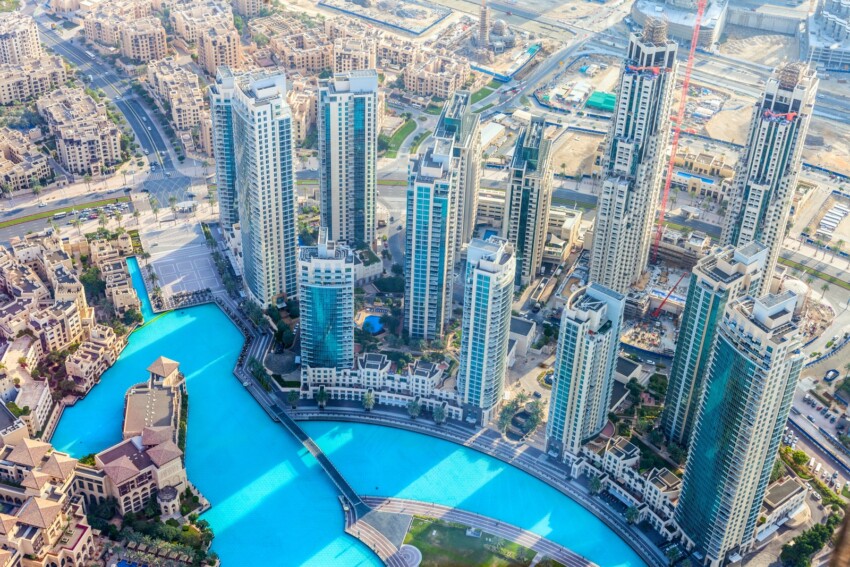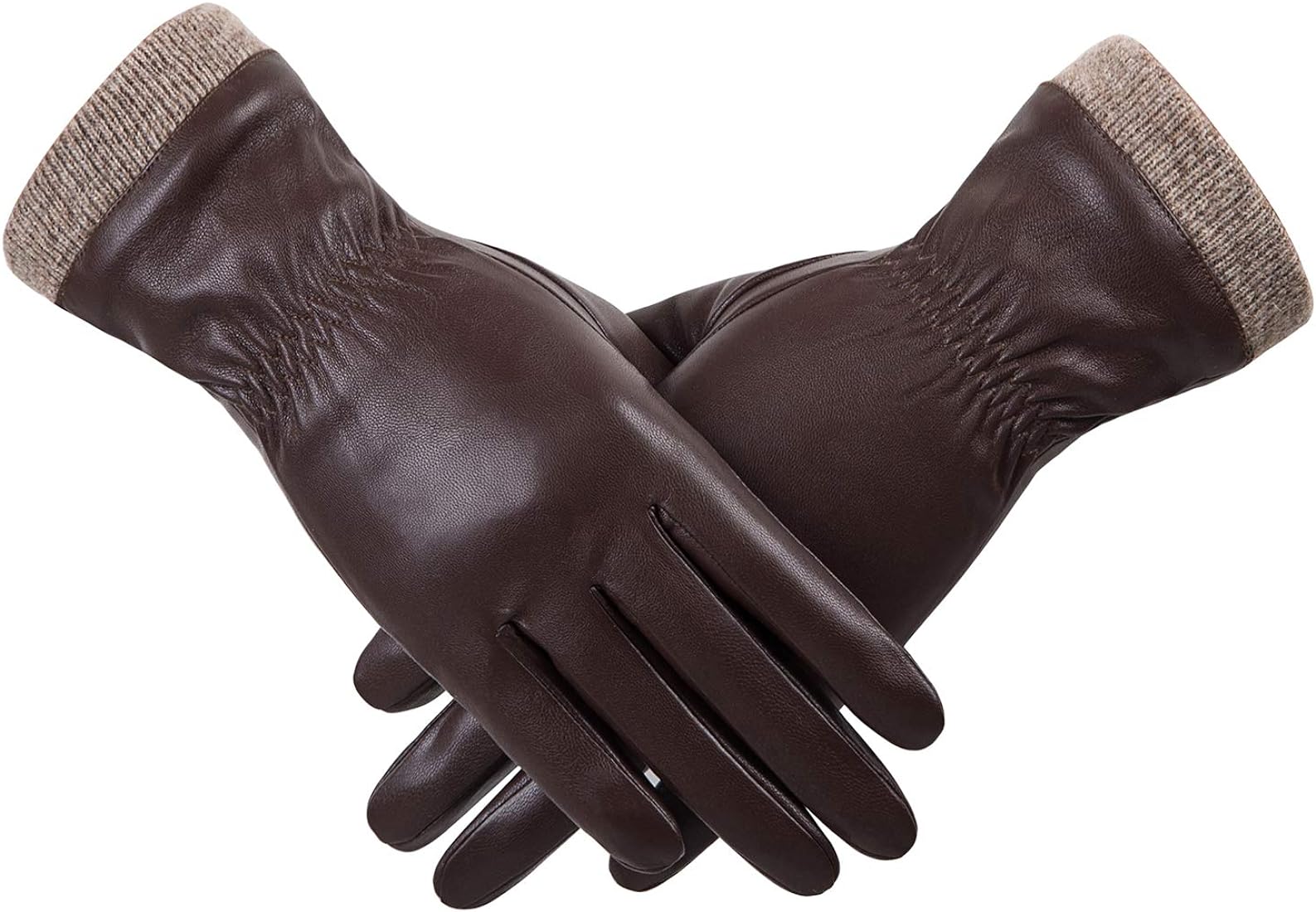The fashion industry is notoriously resource-intensive and environmentally taxing. However, advancements in technology offer promising solutions for sustainable practices. Among these, 3D printing stands out as a transformative tool for fashion designers, particularly in innovative hubs like Dubai.
This article explores the environmental benefits of 3D printing for fashion designers in Dubai, emphasizing its potential to revolutionize the industry through reduced waste, sustainable materials, and energy-efficient production methods.
Reduction of Material Waste
1. Precision in Material Usage
One of the most significant environmental benefits of 3D printing is its ability to use materials with precision. Traditional fashion design methods often result in substantial fabric waste due to the cutting process.
In contrast, 3D printing Dubai constructs items layer by layer based on digital models, using only the exact amount of material needed. This method dramatically reduces the waste associated with offcuts and leftover scraps, leading to more sustainable production practices.
2. On-Demand Production
3D printing enables on-demand production, which helps eliminate the excess inventory that typically leads to waste.
By producing items only as they are ordered, fashion designers can avoid the environmental impact of unsold stock that often ends up in landfills. This approach aligns with the growing consumer demand for personalized and bespoke fashion, reducing both waste and overproduction.
Sustainable Material Options
3. Biodegradable and Recyclable Materials
3D printing offers the flexibility to use a variety of sustainable materials. For instance, biodegradable plastics like PLA (Polylactic Acid) are derived from renewable resources such as corn starch or sugarcane. These materials decompose more easily compared to conventional plastics, reducing the long-term environmental impact.
Additionally, recycled materials can be used in 3D printing, promoting a circular economy where materials are continually reused rather than discarded.
4. Eco-Friendly Filaments
Beyond traditional polymers, 3D printing filaments made from eco-friendly materials are becoming more widely available. Examples include filaments infused with recycled wood, algae-based materials, and even filaments derived from recycled ocean plastic.
These innovative materials offer fashion designers in Dubai the opportunity to create sustainable products that are not only stylish but also environmentally responsible.
Energy Efficiency in Production
5. Reduced Energy Consumption
Traditional manufacturing processes, particularly those involving large-scale production, can be highly energy-intensive. 3D printing, however, is generally more energy-efficient as it builds products layer by layer without the need for large, energy-consuming machinery. The localized nature of 3D printing also reduces the energy costs associated with transportation and logistics, as items can be produced close to their final point of use.
6. Minimized Carbon Footprint
By enabling localized and on-demand production, 3D printing significantly reduces the carbon footprint associated with global supply chains.
Fashion designers in Dubai can produce their designs locally, cutting down on the emissions generated from shipping raw materials and finished products around the world. This reduction in transportation not only lowers greenhouse gas emissions but also supports local economies.
Innovation in Sustainable Fashion
7. Customizable and Durable Designs
3D printing allows for high levels of customization, enabling designers to create pieces that perfectly match consumer preferences and fit. This level of precision reduces the likelihood of returns and exchanges, which often contribute to additional waste and carbon emissions.
Moreover, 3D printed garments and accessories can be designed for durability, extending their lifespan and reducing the need for frequent replacements.
8. Experimental and Innovative Approaches
The versatility of 3D printing encourages fashion designers to experiment with new sustainable design concepts. This freedom to innovate can lead to the development of eco-friendly products that push the boundaries of traditional fashion design.
For example, designers can create garments that integrate seamlessly with sustainable technologies, such as solar-powered accessories or biodegradable fashion items that return to the earth harmlessly.
Long-Term Environmental Impact
9. Promotion of a Circular Economy
3D printing supports the principles of a circular economy by enabling the continuous reuse of materials. Designers can recycle excess filament and repurpose it for new projects, ensuring that nothing goes to waste. This closed-loop system not only conserves resources but also minimizes environmental impact by reducing the need for new raw materials.
10. Educational and Community Benefits
As 3D printing technology becomes more accessible, it provides educational opportunities for fashion designers and students in Dubai. Learning to utilize this technology fosters a new generation of environmentally conscious designers who prioritize sustainability in their work.
Additionally, the growth of 3D printing communities and maker spaces encourages collaboration and the sharing of sustainable practices, amplifying the positive environmental impact.
Conclusion:
The integration of 3D printing into the fashion design process presents a multitude of environmental benefits. By reducing material waste, utilizing sustainable materials, and promoting energy-efficient production methods, 3D printing offers a viable path toward a more sustainable fashion industry in Dubai. As designers continue to embrace this technology, they can drive significant environmental change, setting new standards for sustainability and innovation in fashion.








